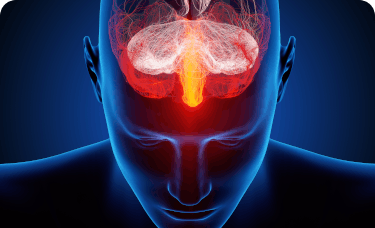Hormonal changes can cause migraines in women.
Four out of every ten women suffer from migraines — and more than half of them report a link between those migraines and their monthly cycle. Called menstrual migraines, they typically strike immediately before and after the first day of a woman’s period. They qualify as menstrual migraines if they occur without aura and around the onset of your period during at least two-thirds of your cycles.1
Signs and Symptoms of a Menstrual Migraine
For many migraine sufferers, a throbbing pain is felt only on one side of the head, often behind the eye or in the back of the head and neck, and generally last anywhere from a few hours to a few days. Migraine symptoms may include nausea, vomiting, and sensitivity to light and sound.









